Biking has been my main form of transportation for about 17 years and I’ve learned a thing or two about bicycle-inspired icebreakers. I started bicycling in university because it was the fastest and cheapest way to get to my part time job. I continued riding, even when I could afford to spend more on transportation, because I had fallen in love with it.
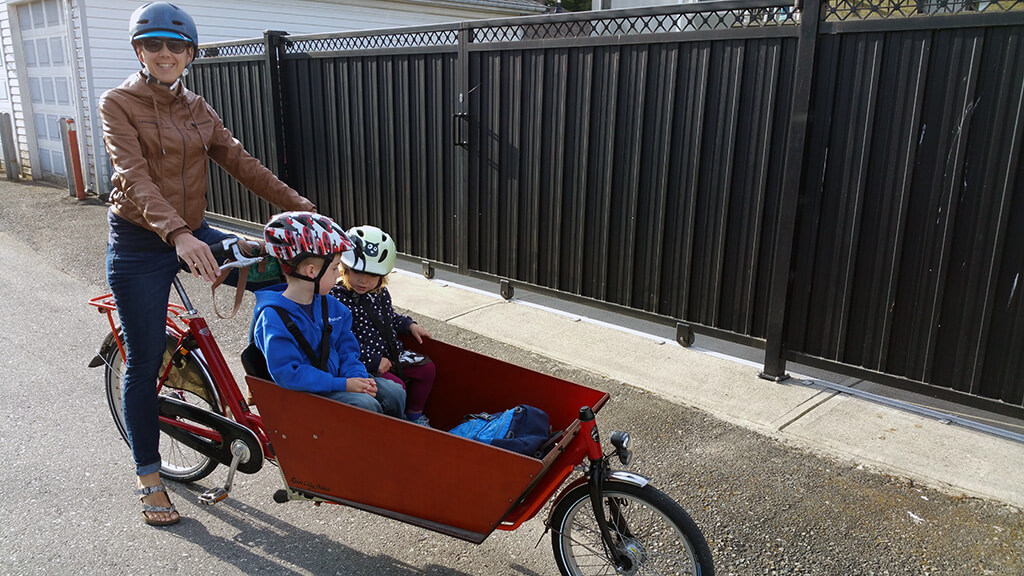
Lisa and her two children, Linnaeus and Brontë, ready to roll in their Bakfiets. Photo courtesy of Lisa Corriveau.
When I had children, there was no question that I’d want to share this joy with them. Over the years, I’ve come to realize there’s a greater benefit to bicycling than fun: it’s enabled us to feel more connected to our city. When we ride, we don’t have a bubble of steel and glass around us like in a car; that lack of separation between us and the rest of the world means we experience different aspects of our city in intimate ways.
Connecting to the world around us
When riding with my kids, I get to experience the city through their eyes. Bicycling makes it easy to allow time and space for kids’ interests. When we’re driving, it feels very different: there’s always somewhere we have to be. I don’t think they can see much out of the windows from their car seats while travelling 30 or 50 miles (48 or 80 kilometers) per hour. When we’re biking, a quick stop to peruse the books in a Little Library takes just a minute, because we can roll right onto the sidewalk. I’ve lost count of the number of excavators and chipper, garbage, and concrete trucks we’ve stopped to watch during our travels.
Though we live in an urban area, we can still experience nature. We stop to see a squirrel sitting on a freshly cut street tree stump, eating the seeds out of a pinecone. We take a few meters detour from the seawall to look for the beaver who’s built a lodge in Hinge Park. We count the bright red Amanita toadstools growing at the base of old trees in our neighborhood. The expression ‘stop to smell the roses’ is something we literally do while riding. Besides cultivating my children’s natural inquisitiveness, research shows that active transportation really improves children’s knowledge of and feelings about their neighborhoods. Urban design researcher and scholar Bruce Appleyard has discovered that kids who are driven in cars more often are much more fearful and less knowledgeable of their neighborhood layout.
On our bicycles we are very in tune with the seasons and the weather. No air conditioning on hot days, no shell of glass and steel to keep out the smell of damp asphalt after a rain shower, no soundproofing to block out the drumming of woodpeckers on power poles in the spring. It’s not all happy birds and sunshine – we live in “Raincouver,” after all – but as long as they’re dressed for the weather, the kids don’t mind a little wind in their faces or rain on their cheeks. We’re also very connected to the topography of our city because of biking. I know each dip in the road and have accumulated a network of routes in my mental map that avoid the steepest hills. I notice slight inclines that allow me to relax for a minute and coast downhill with my heavy cargo bike full of kids or groceries.
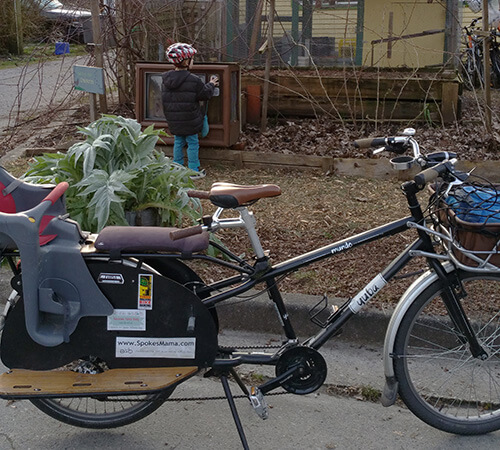
Linnaeus stops to watch the “Chicken Channel,” an old TV retrofitted to feed the hens by the turn of a dial at a Vancouver urban farm.
Connecting to friends
To connect is a human need, as important as breathing and eating. I love running into friends unexpectedly when we’re cruising somewhere by bike. When I drive, I rarely see anyone I know and even if I did, it’s more complicated to stop and chat when there’s traffic all around. When bicycling, however, we’re going at a more human speed, so we’re more likely to notice a neighbor or old friend riding or walking nearby. Getting places by bike means opportunities to connect to people are built into our everyday routine.
Since my son has started kindergarten, we also have conversations with other families as we cruise to school in the morning or home in the afternoon. Because it’s a 2.5 mile (4 km) ride, we have 15-20 minutes to chat along the way. Socializing on two wheels is a big part of why I love organizing Vancouver Family Biking group rides. We’ve met so many new friends this way, conversing as we pedal along the seawall. Since we love to decorate our bikes for themed rides, it’s like a parade, eliciting smiles, waves, and sometimes cheers from the people we pass along our way.
Connecting to strangers
Before I had children, shopping by bike sparked a lot of conversations. Salespeople and passersby seemed amazed that I was taking my pumpkins, or 14-pound turkey, or new DVD player home by bike. These interactions increased when we got our first cargo bike in 2014. In fact, we started to feel like ambassadors for family cycling, because strangers constantly approached us at the bike racks or leaned over from the sidewalk while we waited at stop lights. Sometimes it was just to ask if our bike was custom built (no, it’s a stock Yuba Mundo V4 – even the accessories are right off the shelf ) but quite often we chatted for a few minutes.
Since we added a Bakfiets (Dutch box bike) to our fleet this spring, we get even more attention everywhere we go. Many people have never seen an eight foot (2.5 metre) long front loader bike. I’m usually having a conversation with someone as I unlock the bike after running an errand or picking up groceries. Tradespeople ask about the cargo capacity and I can see the wheels turning in their brains about how many tools or materials they could carry in or on a bike like ours.
Belonging and Community Building
Vancouver isn’t a huge city but it is big enough that people can feel disconnected and invisible. The city has a reputation for being a difficult place to make new friends or put down roots. Bicycling can be an antidote to that, because I usually end up talking to someone along the way, and therefore I feel I belong. That connection gives me a sense of ownership and responsibility to this place and the people here. I believe the increase in bicycling that we’re seeing will have a positive impact on community.
All these little connections we make at the bike racks and stop lights give my children skills to strike up conversations. My five year old proudly shares his cycling experience and loves to talk about our cargo bikes when asked. My kids are learning the tools to weave themselves into the fabric of their city and I hope they’ll be more engaged citizens wherever they live in the future.
Lisa Corriveau – aka Spokesmama – is a family cycling advocate, writer, and mother of two based in Vancouver, BC. She gets around mainly by cargo bike, fuelled by chocolate & local craft beer. spokesmama.com
Get your FREE copy of our guide: Momentum Mag's Cargo Bike Guide
Discover the wonderful world of cargo bikes! Download this comprehensive guide to learn about different cargo bike models, brands, the history of cargo bikes, buying advice, one family's experience with cargo biking, and more.
Thank you for your submission. Please check your inbox to download the guide!


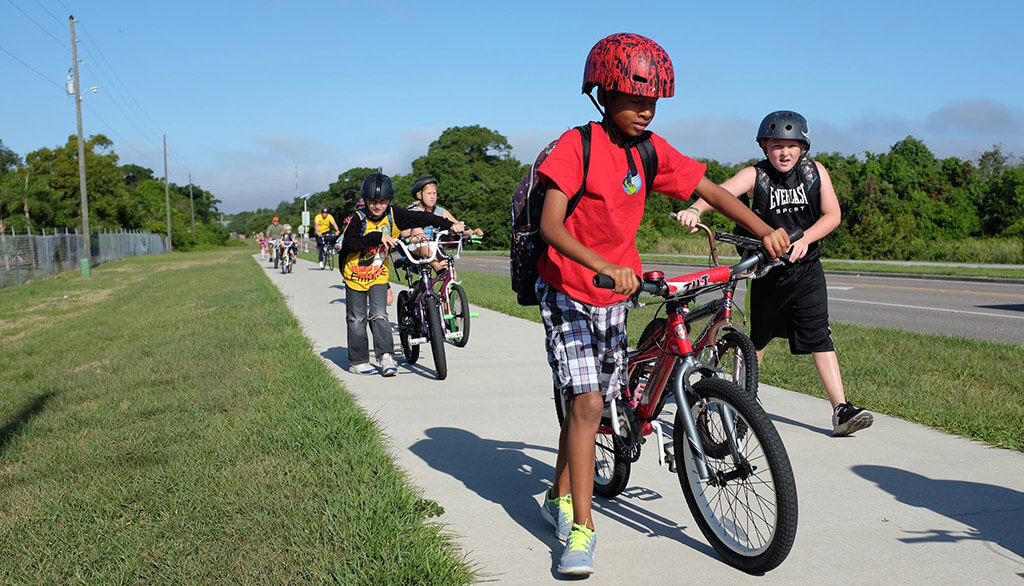

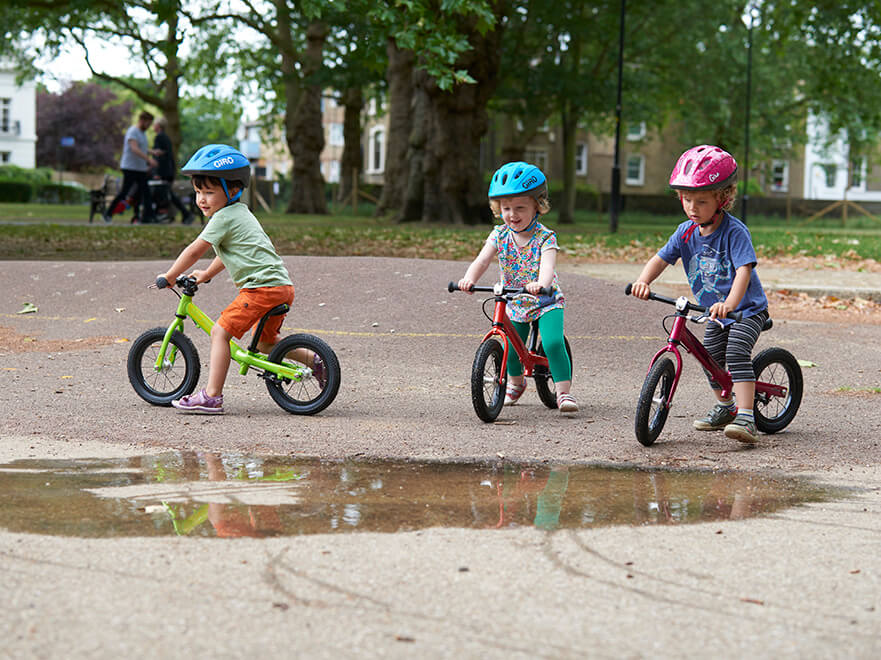
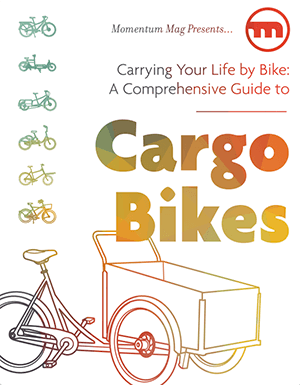
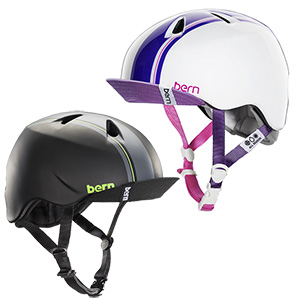
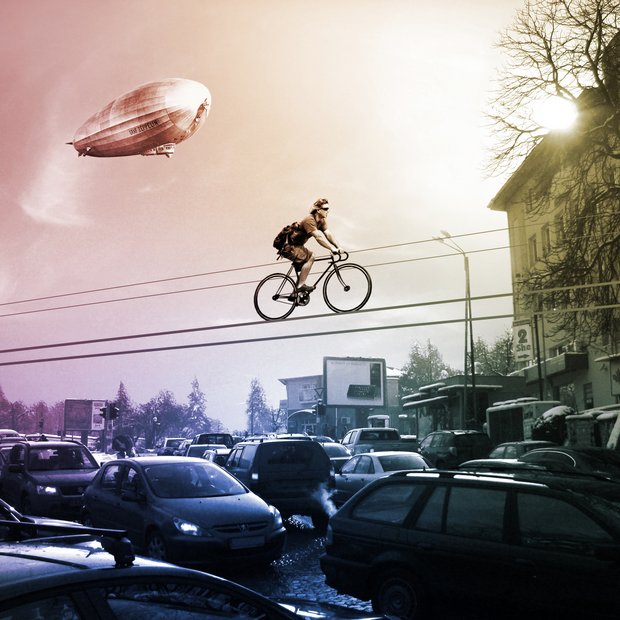
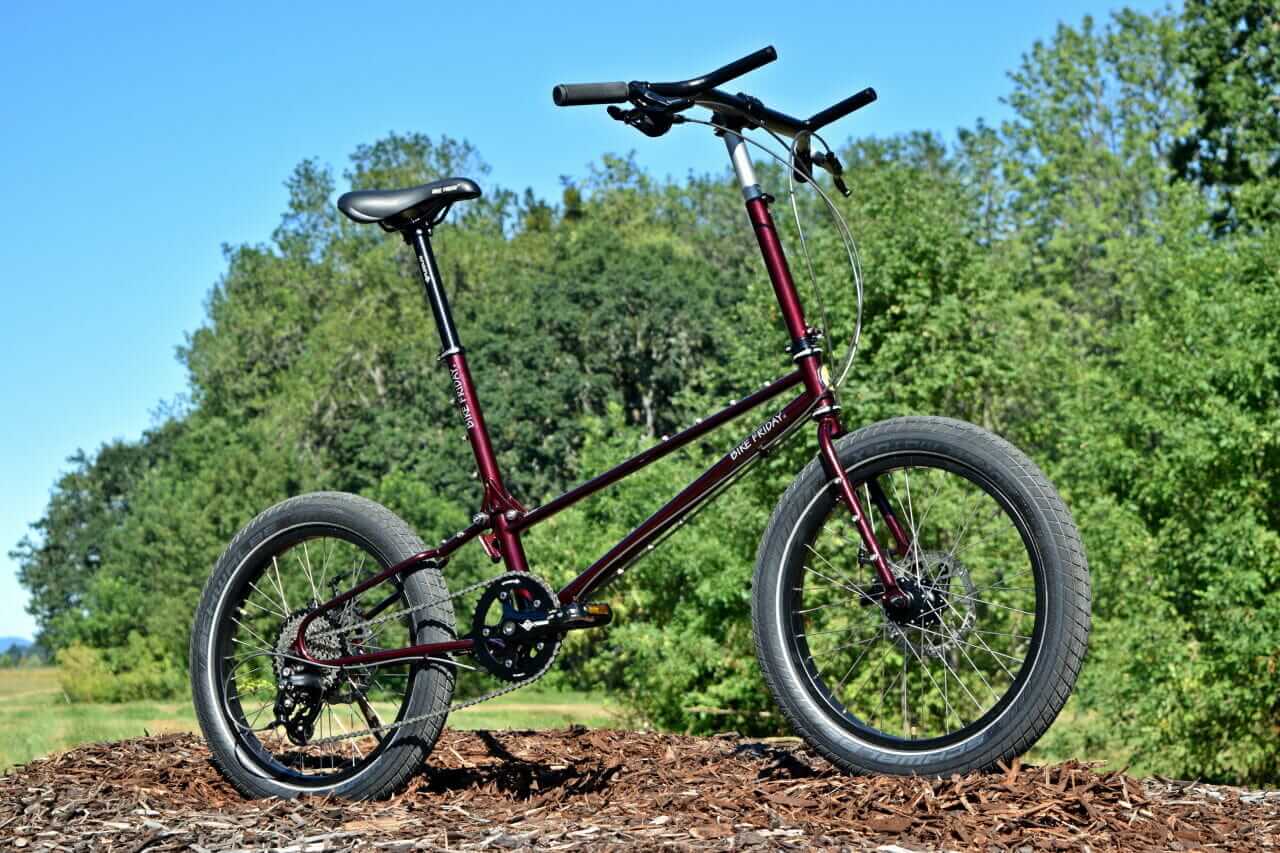
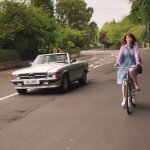

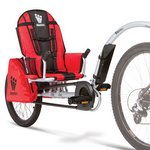
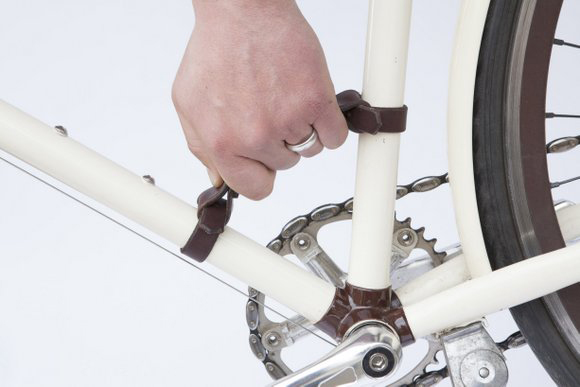
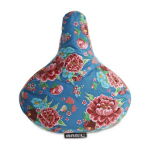
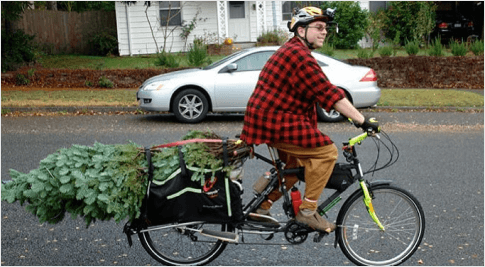
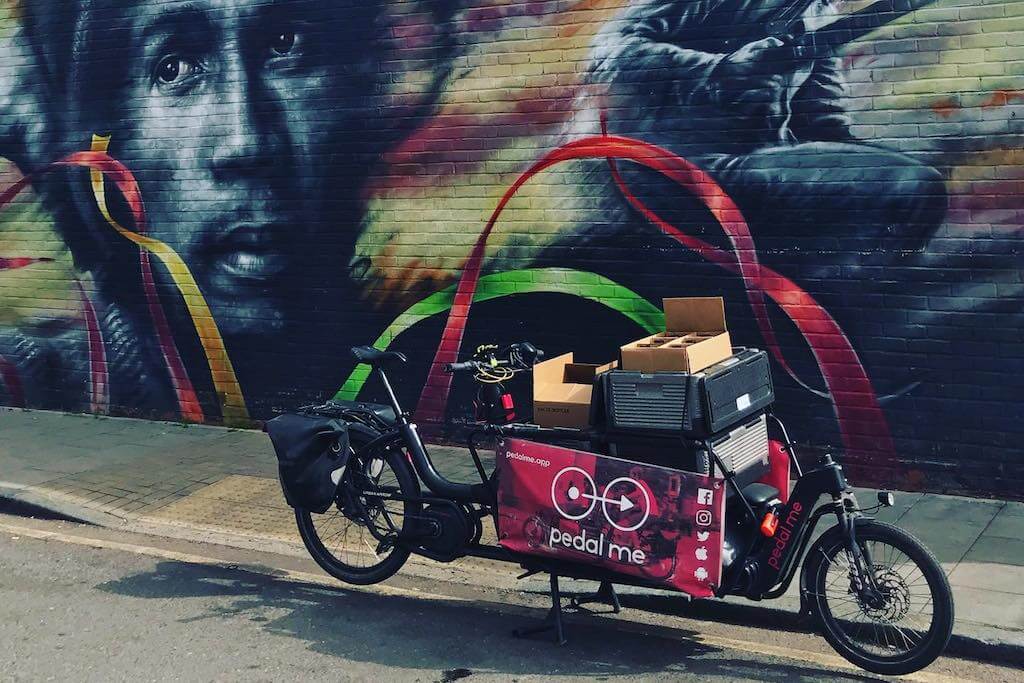

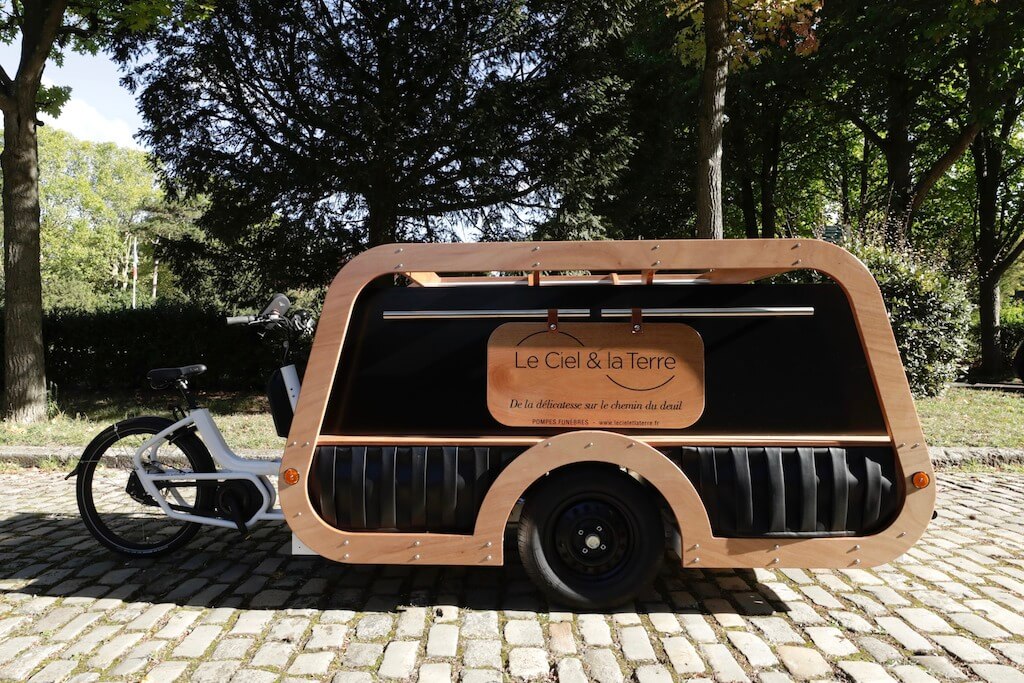
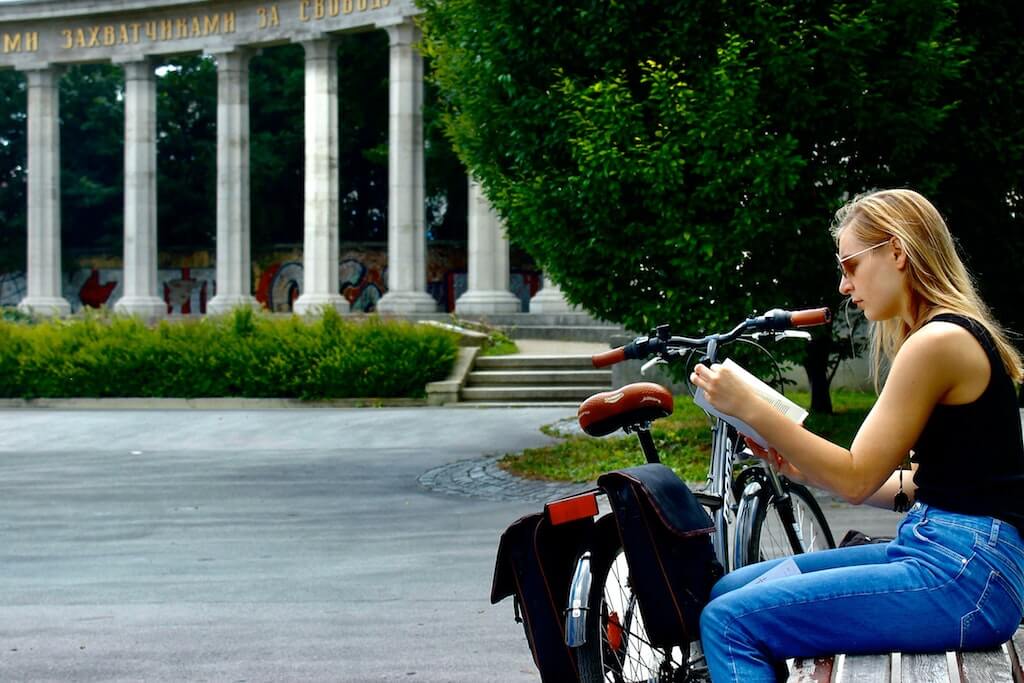
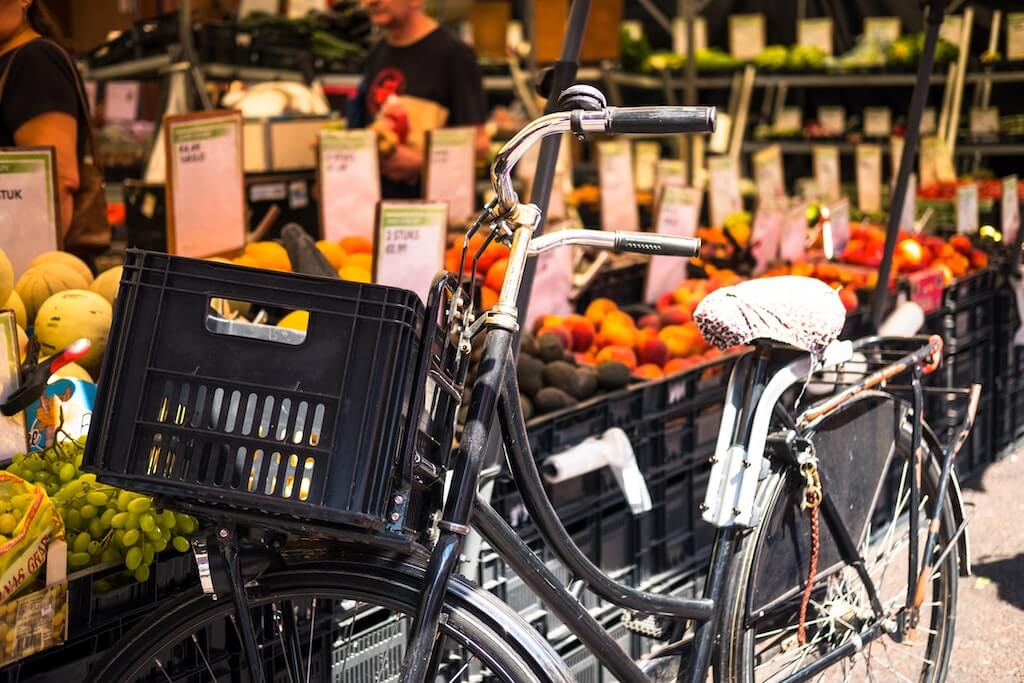
Hello Lisa, what a great article! Very nice to read you’re actually doing what so many are thinking/dreaming about!
I just wanted to let you know I have the answer to your question “How Much Can You Carry in That?”.
Your Bakfiets cargo bike can carry 175 lbs, plus the rider! Please let me know if I can help in any other way to spread the word!
Comments are closed.